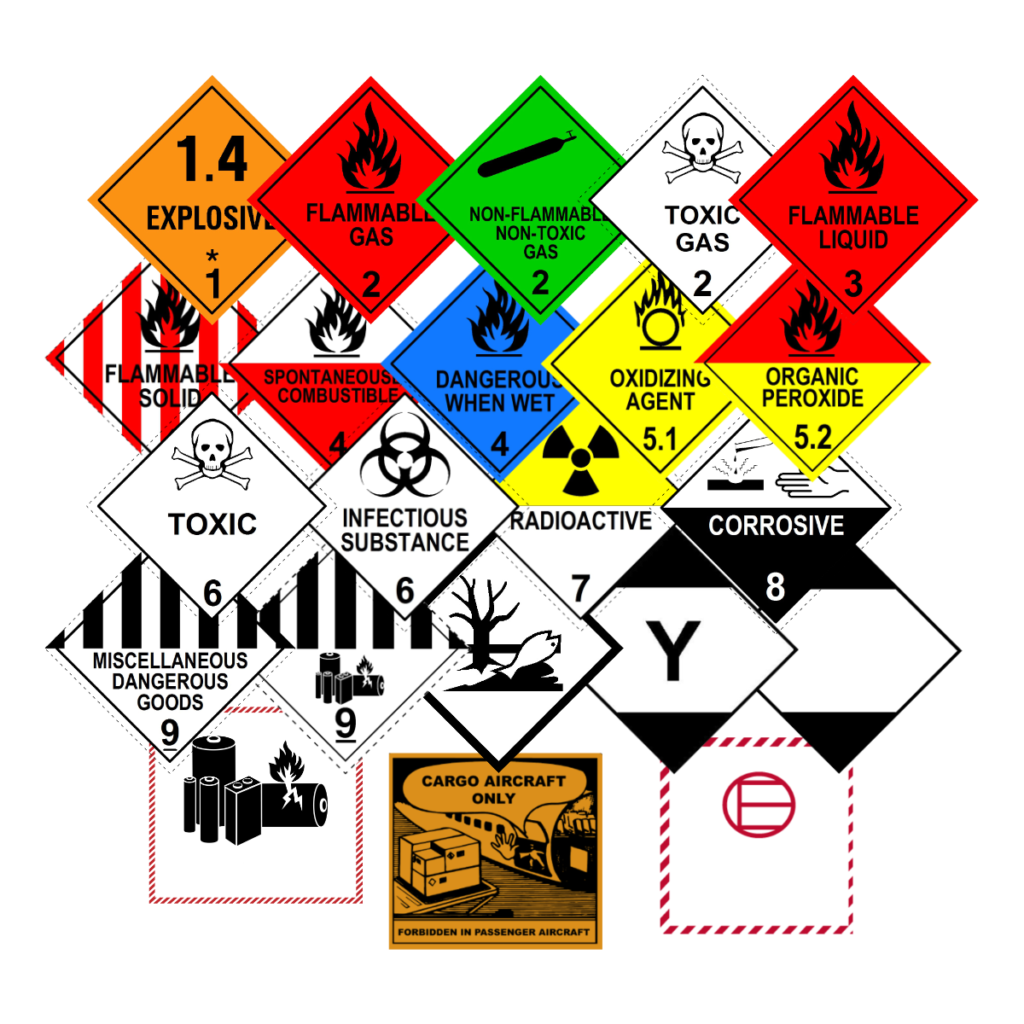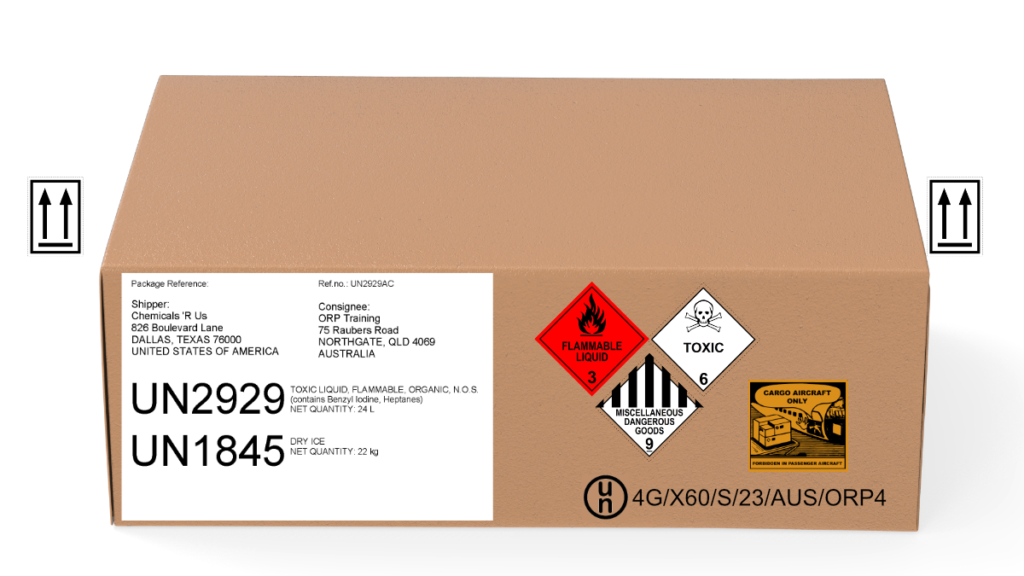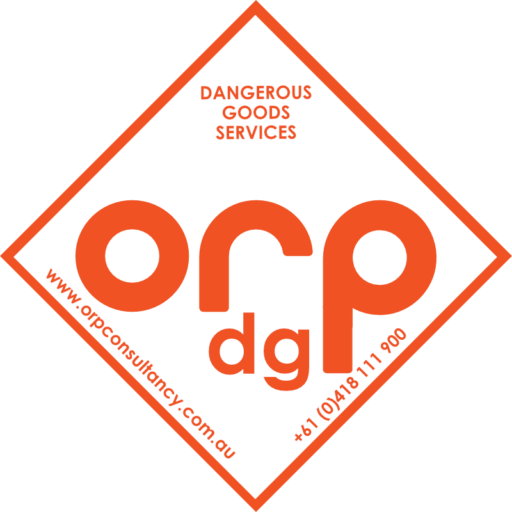Dangerous Goods Labels & Dangerous Goods Placards, Knowledge, Regulatory & Compliance
Understanding Dangerous Goods Labels: why they matter!
Transporting dangerous goods, whether chemicals, batteries, or flammable liquids, requires clear, standardised labelling. Below we explore the purpose of dangerous goods labels, the regulatory framework behind them, the key label types you’ll encounter, and how the market for these labels operates.

These labels aren’t just decorative stickers; they’re a critical part of global safety systems that protect workers, emergency responders, and the public.
Why Labels Are Essential
Immediate Identification
When a shipment arrives at a warehouse, a truck stops at a loading dock, or an accident occurs, the first clue about its contents is the label. A quick visual cue tells anyone nearby whether the material is flammable, toxic, corrosive, or a combination of hazards.
Guidance for Safe Handling
Labels point out the proper storage temperature, ventilation requirements, and personal protective equipment (PPE). They also indicate the correct fire‑extinguishing method, which can be lifesaving in an emergency.
Legal Compliance
Jurisdictions require that dangerous goods be labelled according to internationally recognised standards (e.g., UN Globally Harmonized System – GHS, IMDG Code, IATA DGR, ADG Code). Failure to comply can lead to fines, shipment delays, or even criminal liability.
Risk Reduction
Clear labelling reduces the chance of accidental mixing, improper disposal, or exposure, thereby lowering the overall risk profile of the supply chain.
Core Types of Dangerous Goods Labels
Class‑Specific Pictograms & Labels
Examples: Flame for flammables, skull‑and‑crossbones for toxic substances, corrosion symbol for acids/bases. Each pictogram is tied to a hazard class (e.g., Class 3 = Flammable Liquids).

UN Number Labels
A four‑digit code (e.g., UN 1203 for gasoline) that uniquely identifies the substance. Located alongside the class label.
Placards for Transport
Large, high‑visibility signs placed on trucks, railcars, or containers. They follow the same colour‑coding scheme but are sized for long‑distance visibility.
Specialty Labels
Radioactive (trefoil), environmental (dead tree), or explosive (bursting bomb) symbols fall under niche categories but obey the same regulatory rigour.
Best Practices for Purchasing and Using Labels
- Choose Durable Materials, for outdoor or long‑term storage, select weather‑proof labels that resist oil, solvents, and the weather elements.
- Train Staff, even the best label is useless if employees don’t know how to apply and read it.
Closing Thoughts
Dangerous goods labels are far more than bureaucratic paperwork; they are a frontline defence that safeguards lives and property across the globe. By understanding the regulatory foundations, recognising the different label types, and navigating the marketplace wisely, businesses can ensure that every shipment carries the right information at the right time.
Whether you’re a small manufacturer preparing a single batch of chemicals or a multinational logistics firm moving thousands of containers, investing in durable, and compliant labelling is an essential step toward a safer supply chain.

Buy your dangerous goods labels from ORP DG PRO. Durable and complaint!
Contact us today!
